E911
Compliance
E911 Solutions for FCC Compliance
E911

What Your Business Needs to Know About 911 Compliance
If your organization has Multi-Line Telephone Systems (MLTS), you are required to comply with Enhanced 911 (E911) regulations. These regulations ensure prompt emergency response for all 911 calls made from a device on your network.
FCC 911 Caller Regulations for Business
An increase in remote workers, enabled by advancements in telecom technology, can pose challenges to e911 requirements for business owners. First responders need accurate location information for everyone using MLTSs. This requires that 911 can be dialed without a prefix, and that the exact location of the person that dialed 911 is known. When first responders arrive onsite, seconds can make the difference between help and helplessness.
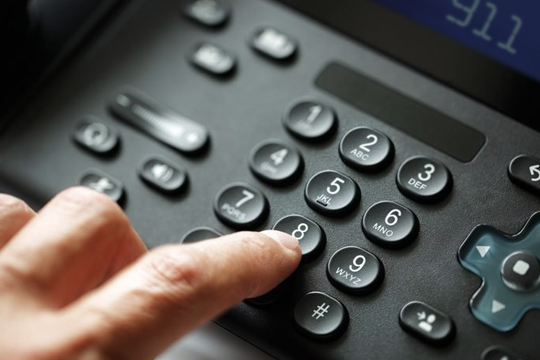
Kari’s Law
Kari’s Law applies to multi-line telephone systems (MLTS), which are telephone systems that serve in environments such as office buildings, campuses, and hotels. It requires MLTS systems in the United States to enable users to dial 911 directly, without having to dial a prefix to reach an outside line, and to provide a notification (e.g., to a front desk or security office) when a 911 call is made.

Ray Baum’s Act
Ray Baum’s Act requires that first responders have the necessary information needed to pinpoint the “dispatchable location,” and quickly reach a 911 caller regardless of the device they dial from, or their exact location inside a large building. Whether the calling device is wired, wireless, on-premise, or remote, if it connects to an MLTS it will fall under the FCC’s enforcement.
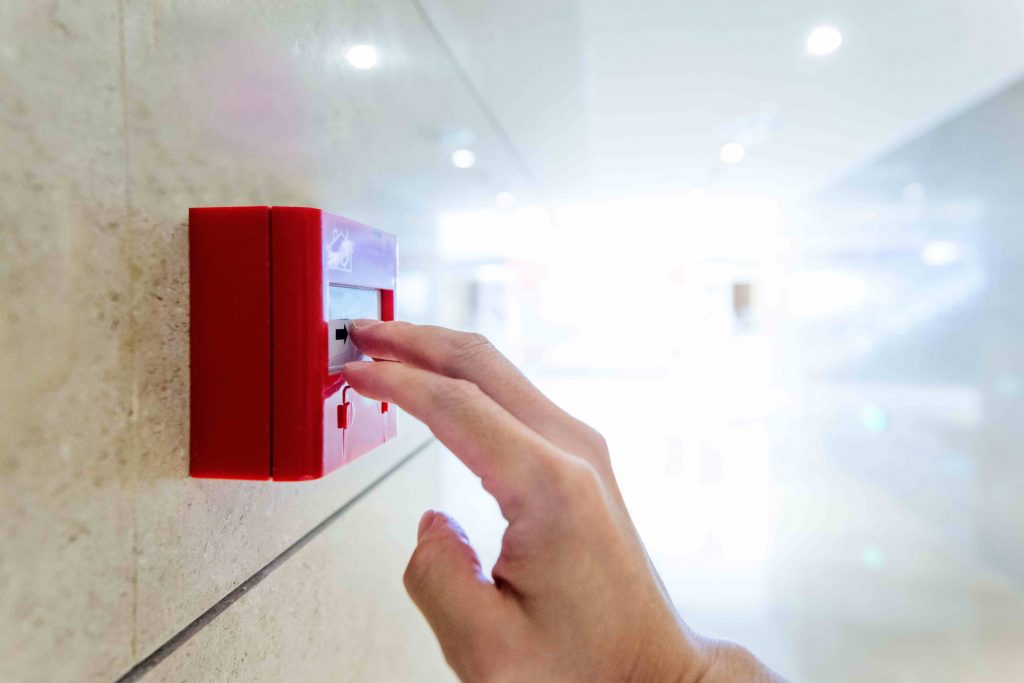
Alyssa’s Law
Alyssa’s Law is critical legislation addressing the issue of law enforcement response time when a life-threatening emergency occurs because time equals life. The law calls for the installation of silent panic alarms that are directly linked to law enforcement, so in case of any emergency they will get on the scene as quickly as possible, take down a threat and triage any victims.

E911 Compliance Dates
Kari’s Law – Organizations with MLTS must comply with the mandates of Kari’s Law by January 6, 2020
Ray Baum’s Act – Encompass two terms of “Dispatchable Location” associated with MLTS systems.
- January 6, 2021: On-premises “fixed telephony” devices such as desk phones
- January 6, 2022: On-premises “non-fixed” devices such as laptop soft phones and off-premises devices operated by a remote worker
Alyssa’s Law:
Passed in the following states:
- New Jersey – February 6, 2019
- Florida – June 30, 2020
- New York – June 23, 2022
- Texas – May 5, 2023
- Tennessee – May 10, 2023
Pending in the following states:
- Arizona
- Georgia
- Nebraska
- Oregon
- Virginia
Get E911 Compliant with These Solutions
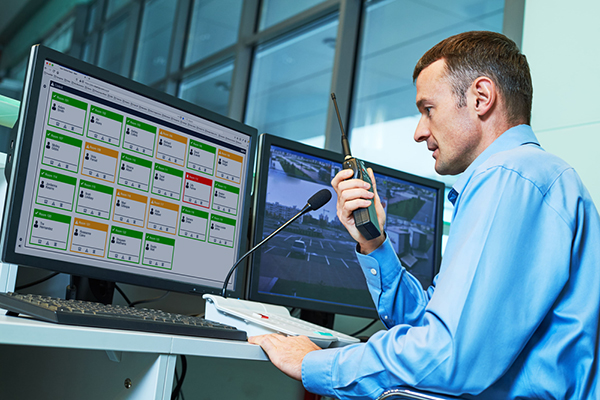
CodeX
CodeX allows administration to set up groups of phones. Those groups can then be selected if an emergency arises, and a CodeX can be initiated. This will broadcast a prerecorded message to the selected groups. Upon hearing the announcement, a pin code must be entered within a limited time, either marking the room safe, unsafe, or unreported. Codex then displays the list of rooms and their status. This can be critical information for first responders when responding to a call.
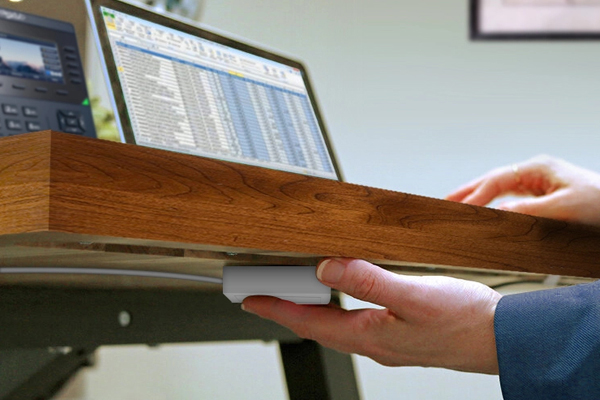
Panic Button
A single button that instantly dials multiple programmed numbers and plays a pre-recorded message to the recipients. The phone then goes into a broadcast-only mode, allowing the people on the receiving end to note the location of the call, and hear what is transpiring in the room. The Panic Button™ is available in two different options, the standard method is a designated button on the phone itself. The other option is an add-on USB button that connects to the phone.

Silent Intercom
ClearlyIP has created Silent Intercom™ a system that allows administrators to activate a ClearlyIP CIP desk phone in the room and enable the microphone remotely. The phone, if not on another call, will auto-answer and activate the microphone on the phone without indicating it’s on an active call. This is a one-way connection, no sounds will be broadcast from the administrator’s extension to the room. Silent Intercom is another tool to help ensure you are prepared for an emergency.
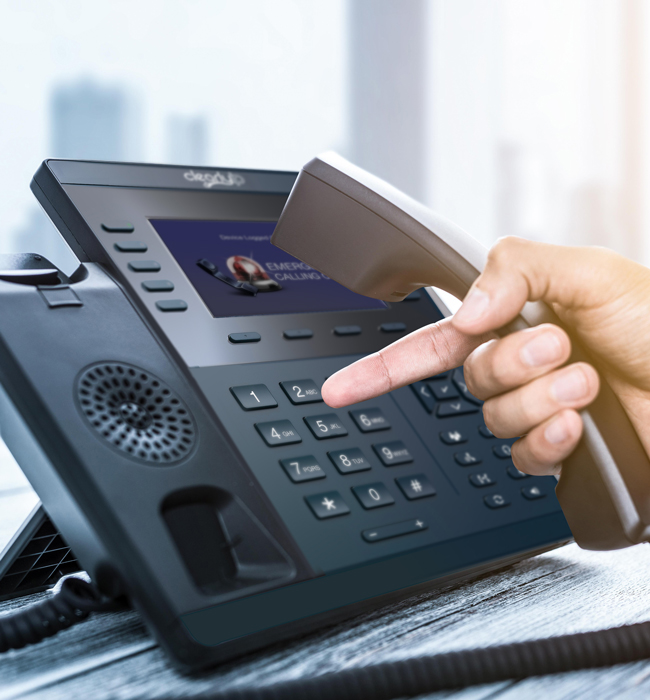
ClearlyIP’s SIP Trunking provides features that enable your organization to be Kari’s Law and Ray Baum Act compliant!
ClearlyIP’s Trunking provides Extensive e911 Location-based services in the US and Canada.
- Provide a dispatchable Location at the time of a 911 call
- Alert onsite Security teams or Management that a 911 call has been made (SMS, Email and Messaging Notifications)
- Support for remote workers, multiple locations
- Easily modernize your existing phone system for compliance with the new mandates the Clearly IP FreePBX Module for enabling compliance in the world’s most popular open-source phone system.
- Reduce your liability while enhancing your employee’s safety by ensuring your business is compliant with Kari’s Law, the Ray Baum Act and Canada’s, Telecom Decision CRTC 2007-44.

